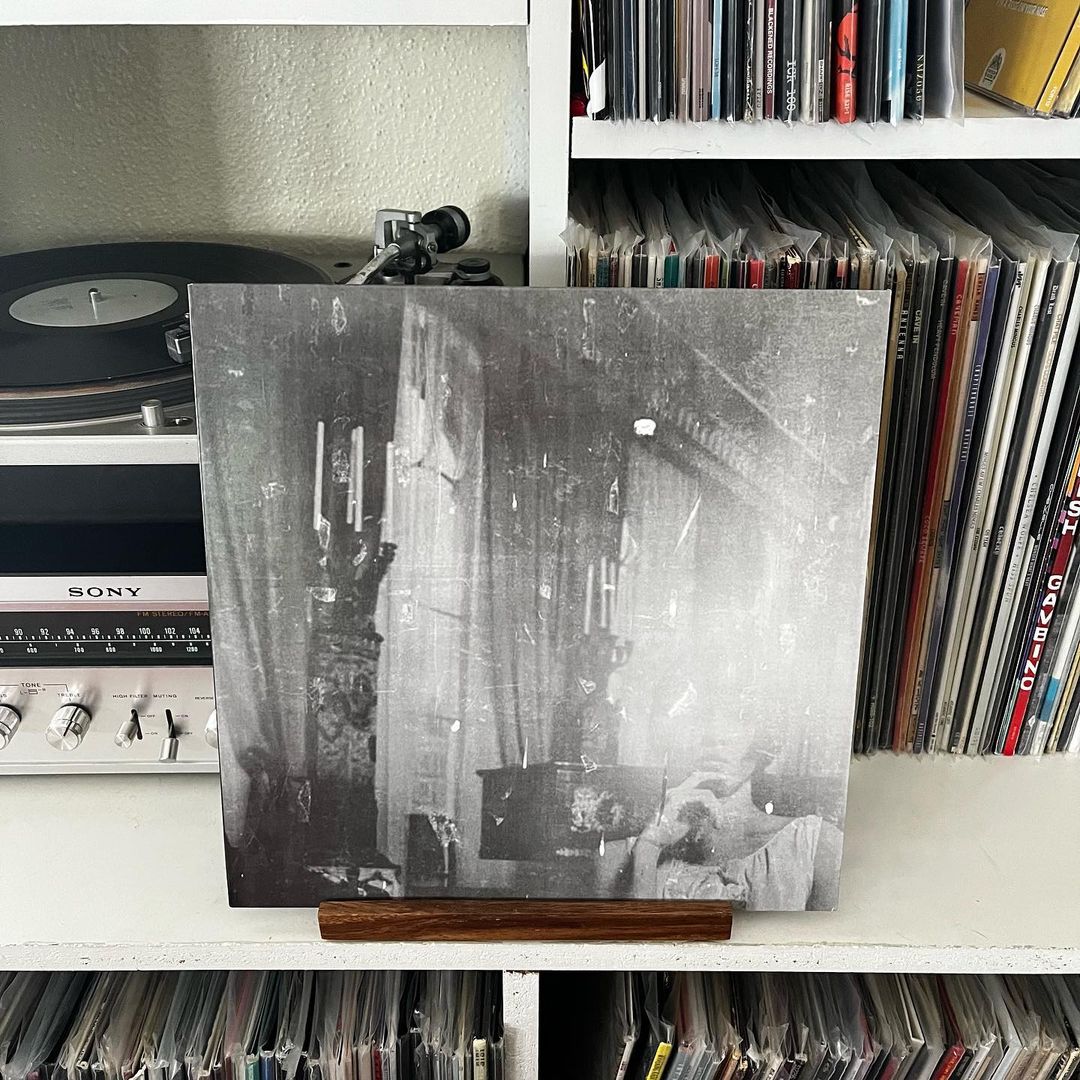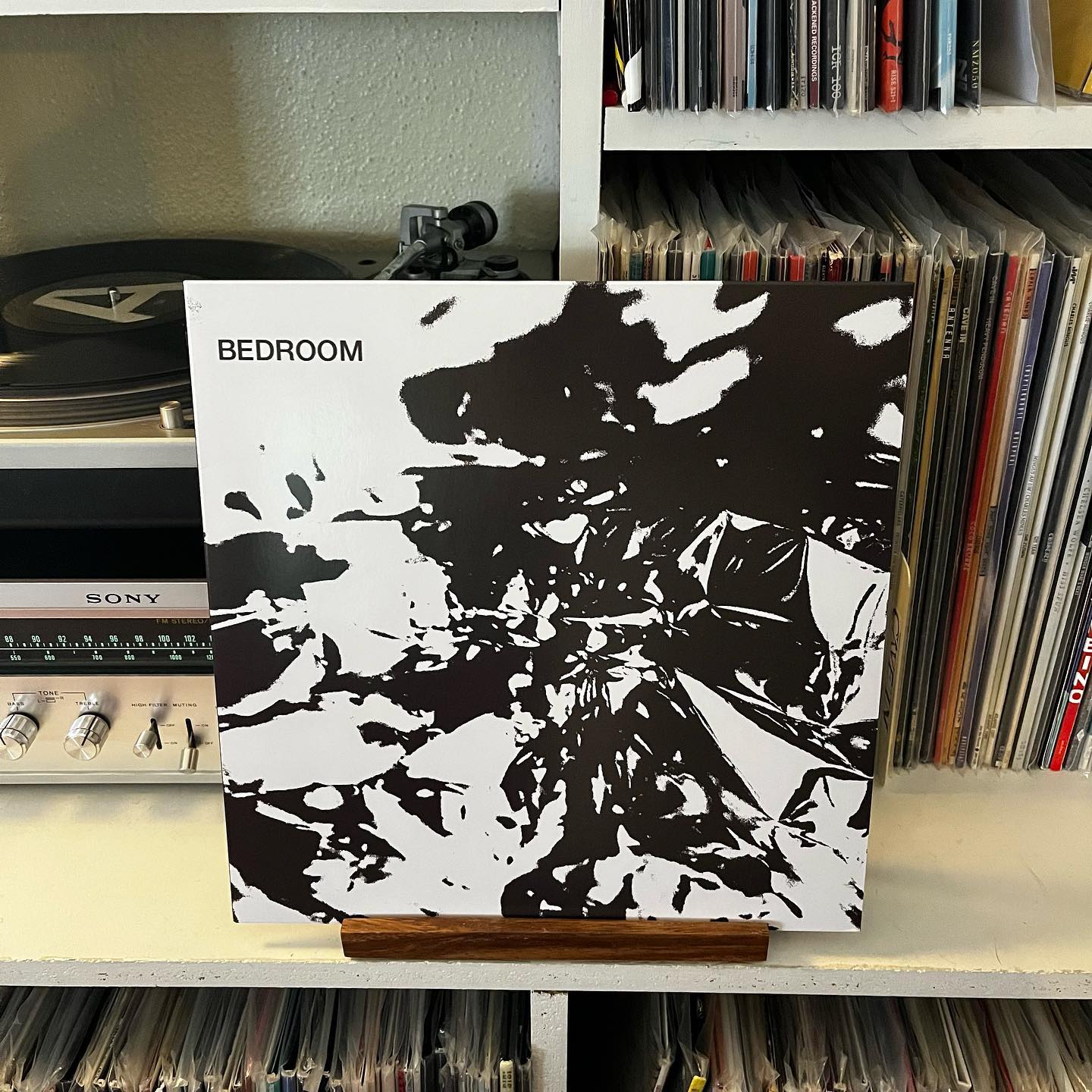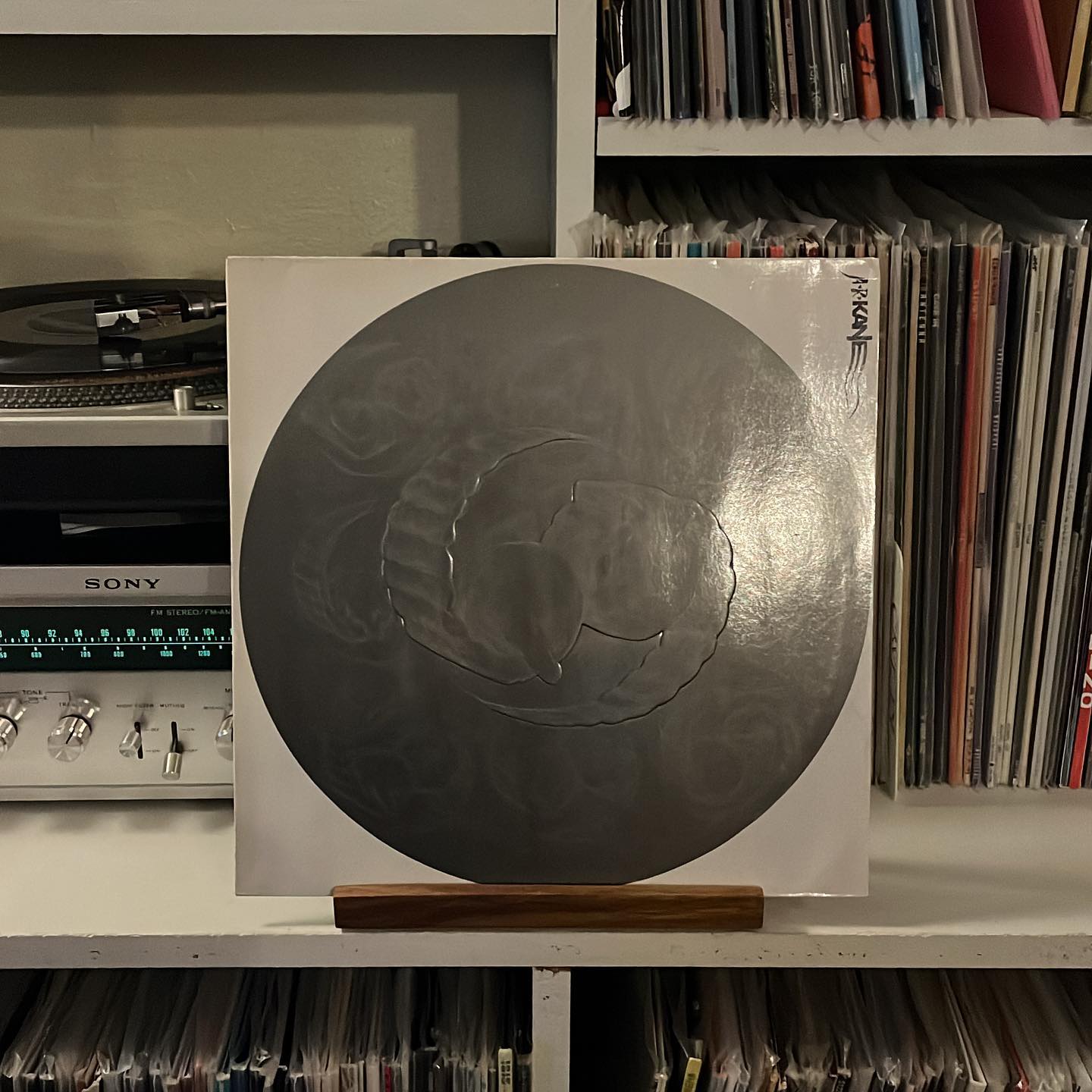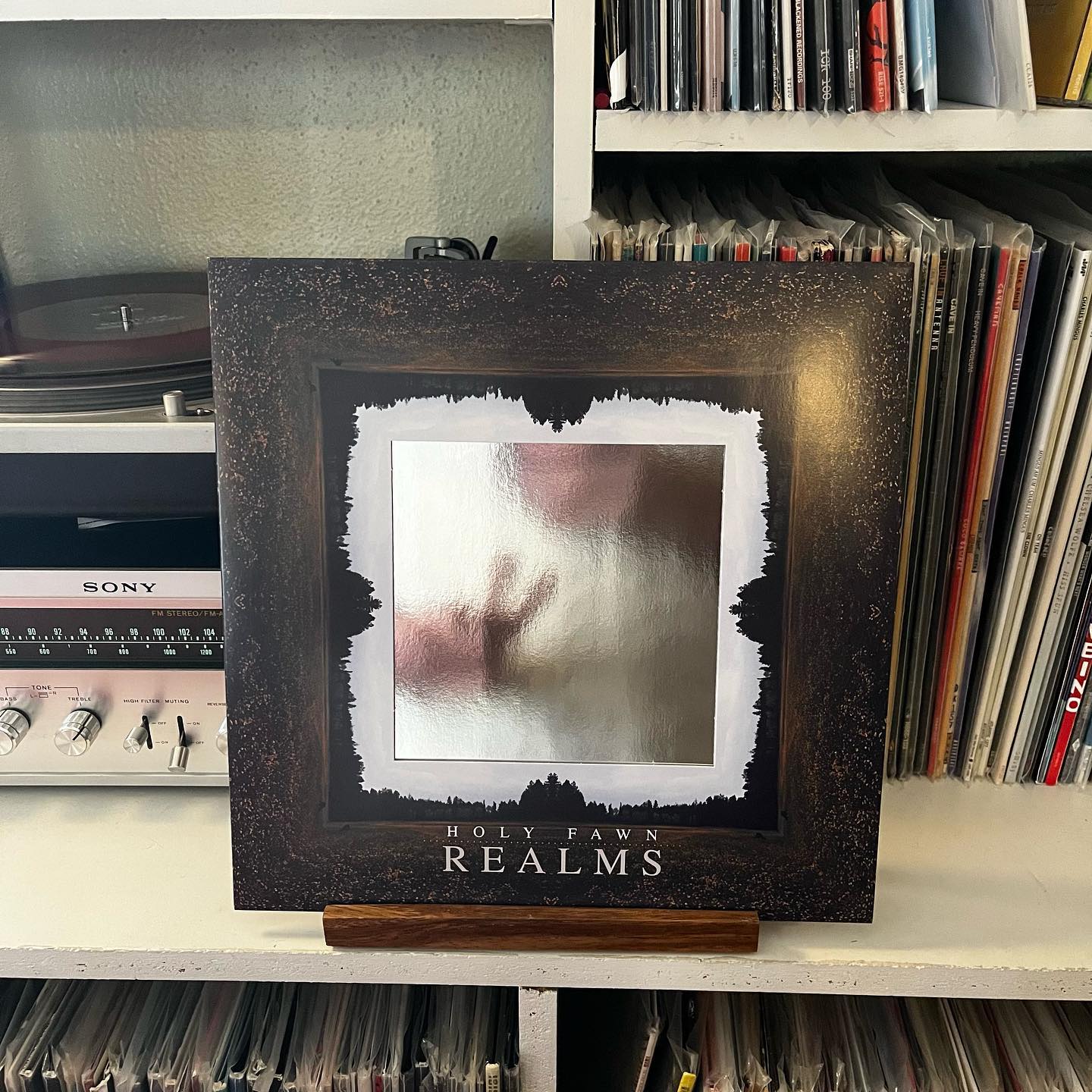
Where do you go after love at first sight? The first time I listened to Blanket’s Modern Escapism, I was head over heels. I ordered a vinyl copy before I had even finished the second track, and I listened to it on repeat for weeks.
So when I saw news of the follow up, I rushed to preorder it. But after the first couple singles, I started to hesitate. They were poppier and more straightforward, with little remnant of the crushing heaviness that drew me in the first place. In fact, I even canceled my preorder at one point, only to re-preorder it at the next single.
And boy, am I glad I did. While it certainly has a directness and pop sensibility that contrasts with Modern Escapism, the record offers a holistic look at the wide expanse of 90s alt rock filtered through modern shoegaze.


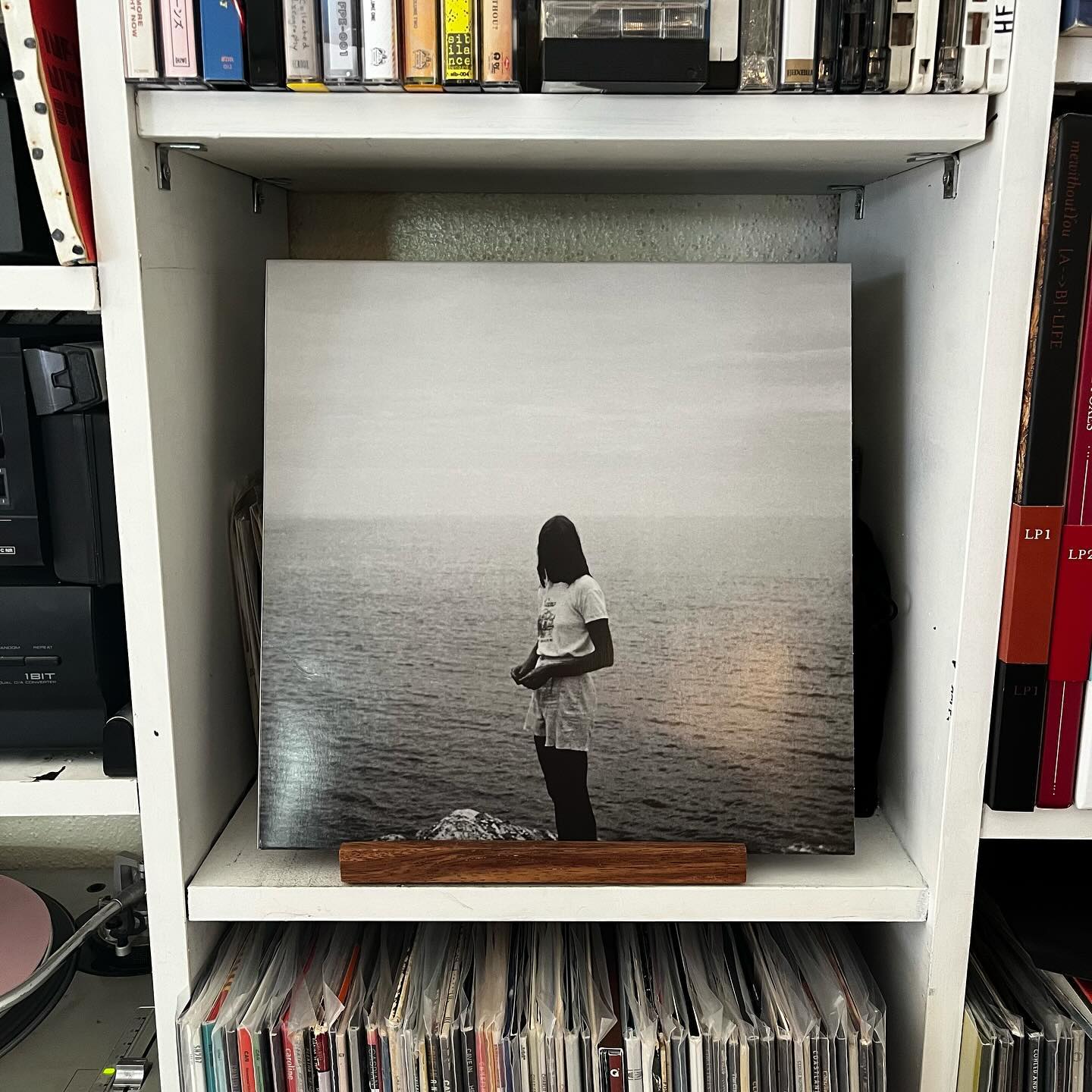
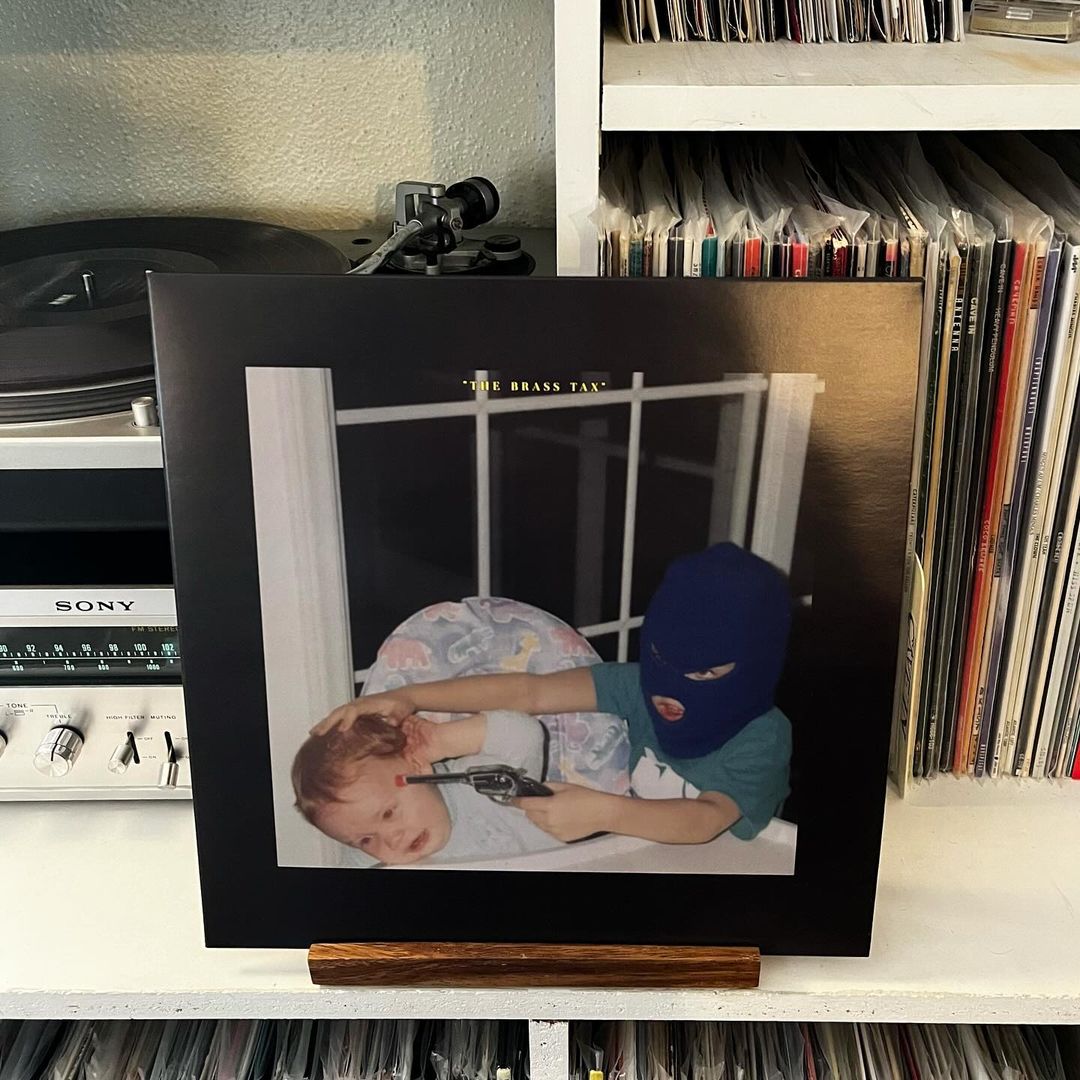 Looking back, the marriage of grunge and shoegaze should have been a little more obvious. At first blush, it might not seem like the unwashed, clenched teeth noise rock of the Seattle Sound would have much in common with the dreamy, mumbling walls of noise of the Scene that Celebrates Itself. After all, what kinship can Slowdive have with Soundgarden?
Looking back, the marriage of grunge and shoegaze should have been a little more obvious. At first blush, it might not seem like the unwashed, clenched teeth noise rock of the Seattle Sound would have much in common with the dreamy, mumbling walls of noise of the Scene that Celebrates Itself. After all, what kinship can Slowdive have with Soundgarden?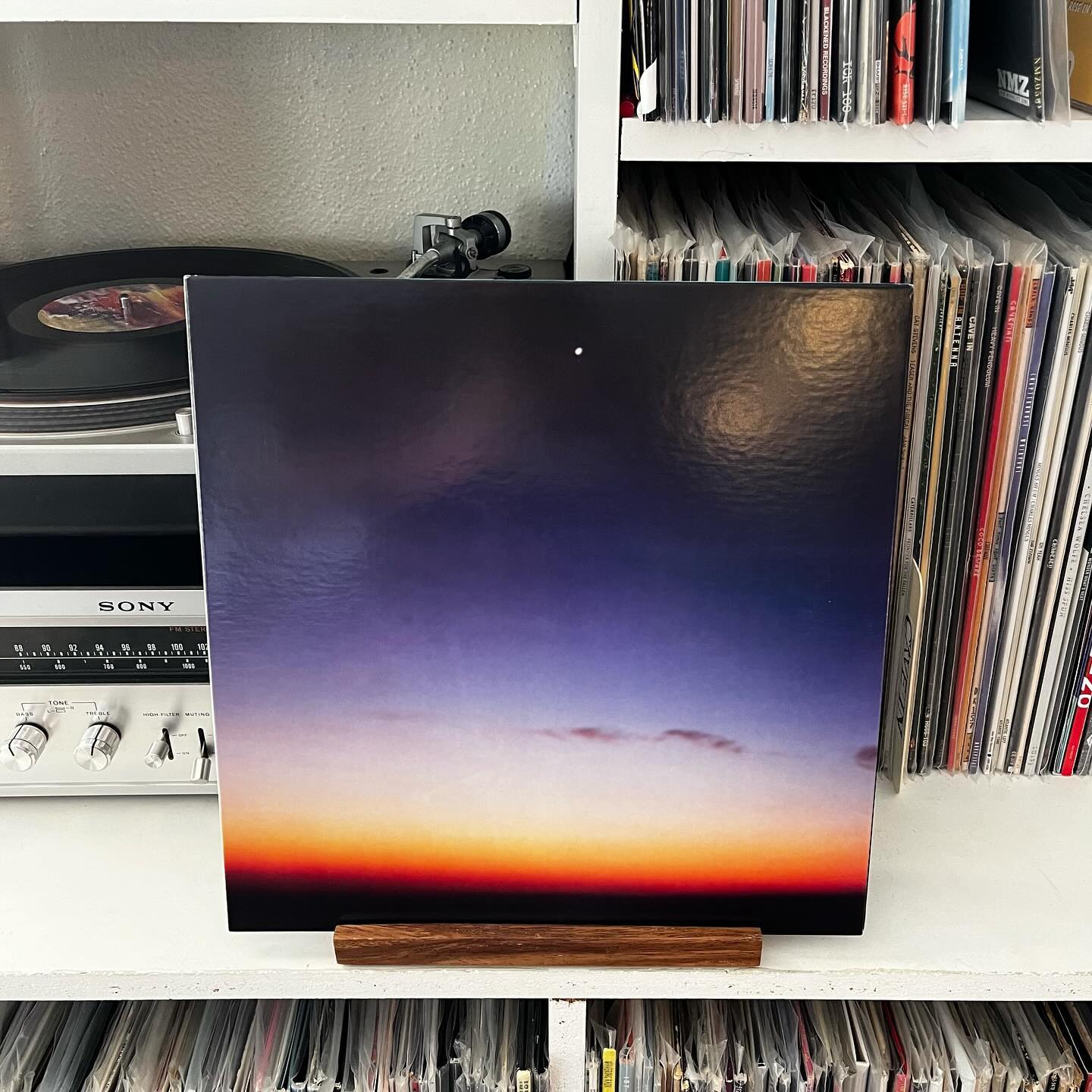 Speaking of the
Speaking of the 